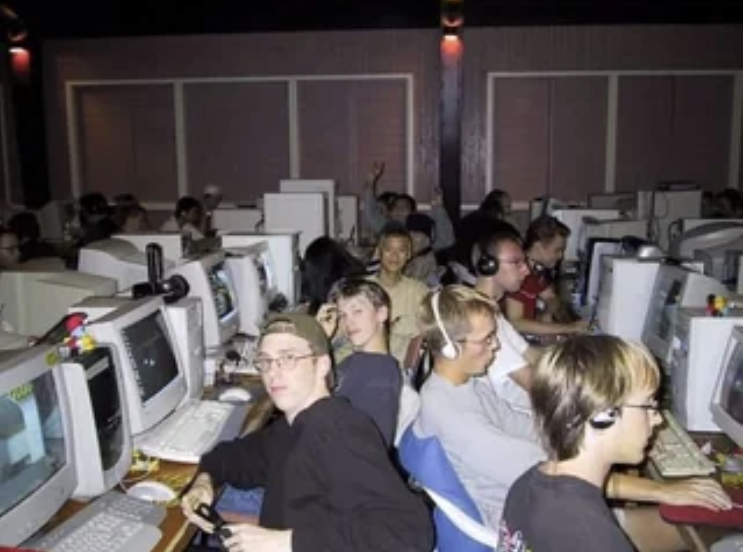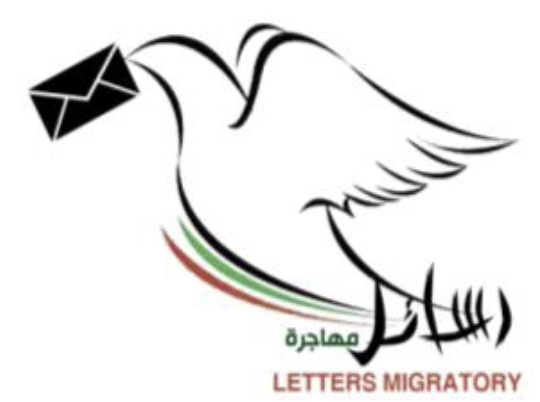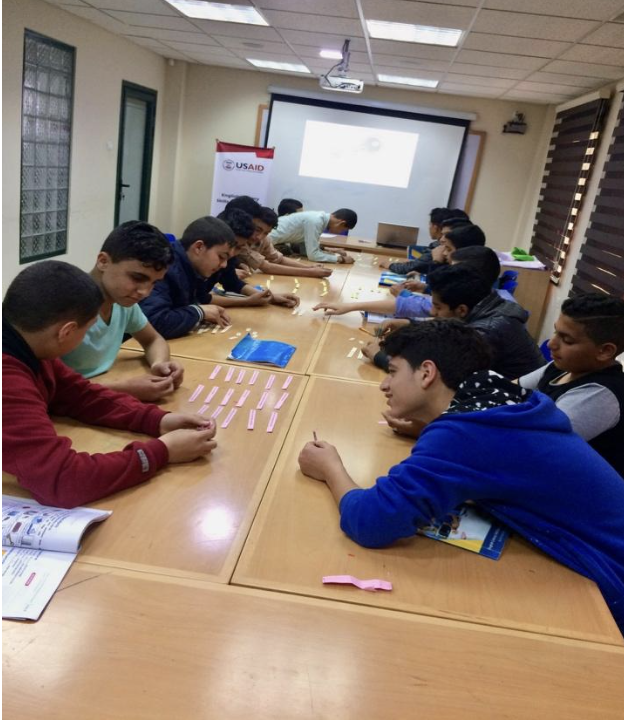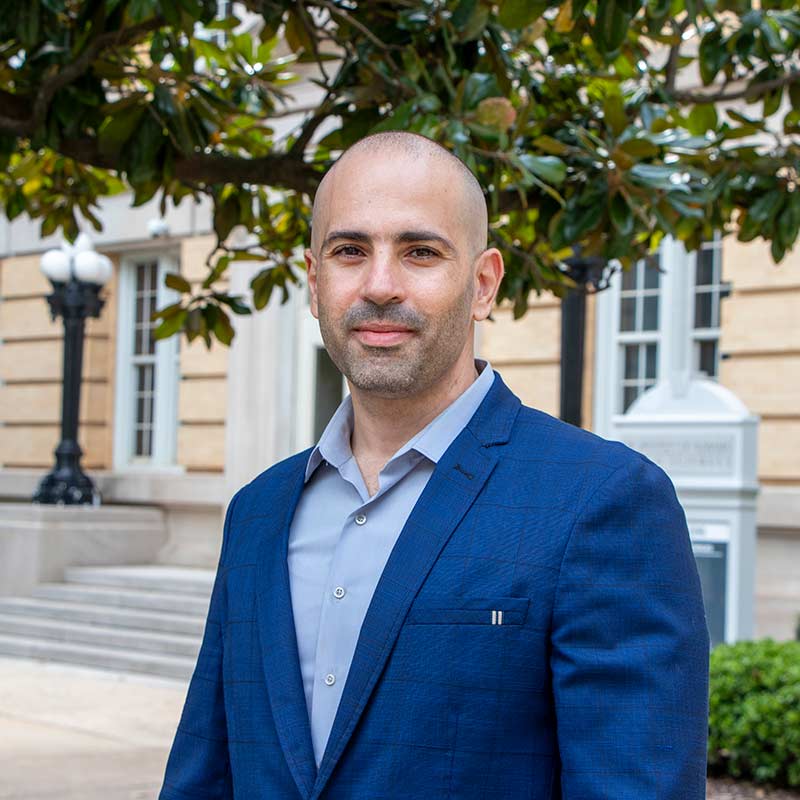Over time, I have come to realize how deeply our lived experiences shape who we are as scholars and teachers. I often ask myself what drives my passion for leveraging multimodal composition to foster access and social and civic engagement. For me, the answer lies in my own journey, in the unexpected ways I have seen technology-mediated literacy practices open paths, forge connections, and expand agency.
Growing up in a challenging context, I found solace in technology as a teenager. Since home internet was not an option, I often sneaked to a nearby internet café after school to experiment with technologies, connect with others, engage with the world, and imagine different possibilities. The café was not only a site for accessing technologies otherwise out of reach but also an affinity space where I could participate in digital and social practices that opened new ways of being, knowing, and relating. I especially loved local area network (LAN) video gaming, which allowed the regulars and me to inhabit both a physical and virtual space at once. It was amazing how, once strangers, we sat side by side in the café, collaborating and competing in a shared game world, and, more importantly, forming connections and memories that continue to stay with us.

What began as an incidental access to digital literacies through digital play later evolved into a more deliberate engagement with diverse, participatory literacies in which both space and technology remained central. As an undergraduate, I saw how digital technologies time and again helped create spaces for social and critical engagement as well as literate action. I recall organizing a campaign with friends, which we called Migratory Letters, to support young people in our community in composing multimodal letters and stories intended for international audiences. We self-sponsored a club at a local non-profit organization, where we met regularly with participants to facilitate the writing and design of pieces, often multimodal, about their lives, hobbies, cultures, dreams, and hopes. These works were then published on the campaign’s website we created, allowing participants to share their life experiences with global audiences and further exchange letters with people around the world while also forming connections with one another within the local club’s space.

These early experiences shaped my understanding of literacy as a multiplicity of practices: material, social, digital, and multimodal, deeply tied to access, grounded in space, and crucial for developing agency and fostering social engagement and action. Throughout my journey, I have worked on literacy projects that expand opportunities for refugee students and have collaborated with both private institutions and public universities on course design and technology integration initiatives that promote access and agency.

As a current PhD researcher at The University of Alabama, I continue to uphold the same commitment, with a more refined vision focused on transforming the classroom into a dynamic, inclusive space that cultivates access to digital literacies while fostering critical, social, and civic engagement. I embrace multimodal composition as an approach; I integrate projects that center on digital storytelling, community-engaged video composing, and collaborative podcasting to expand students’ access to multiliteracies, resources, communities, and audiences.
If you would like to share collaboration ideas or simply have a conversation, feel free to email me at aalalem@crimson.ua.edu.

